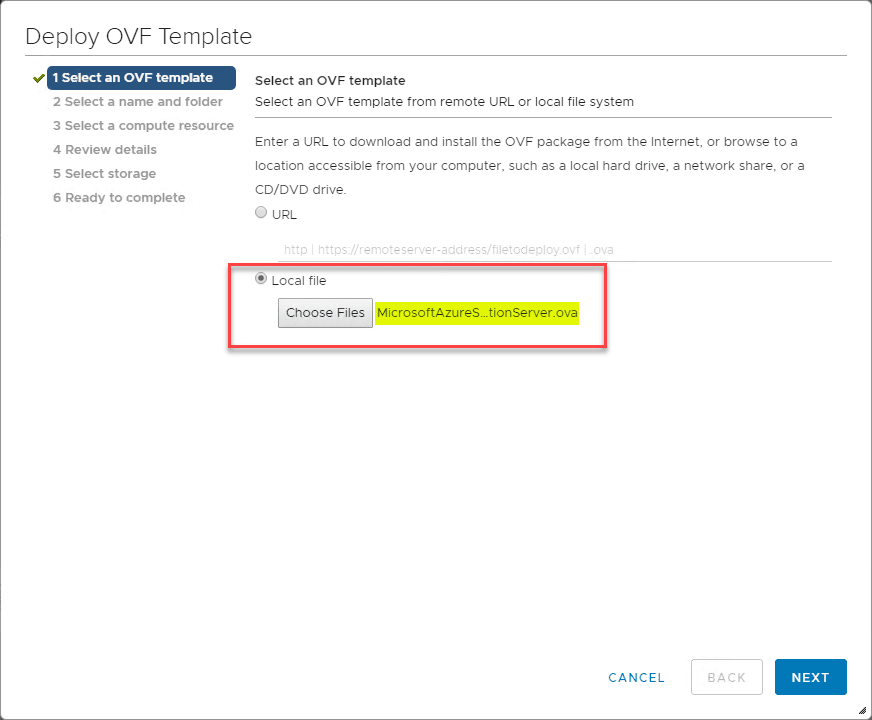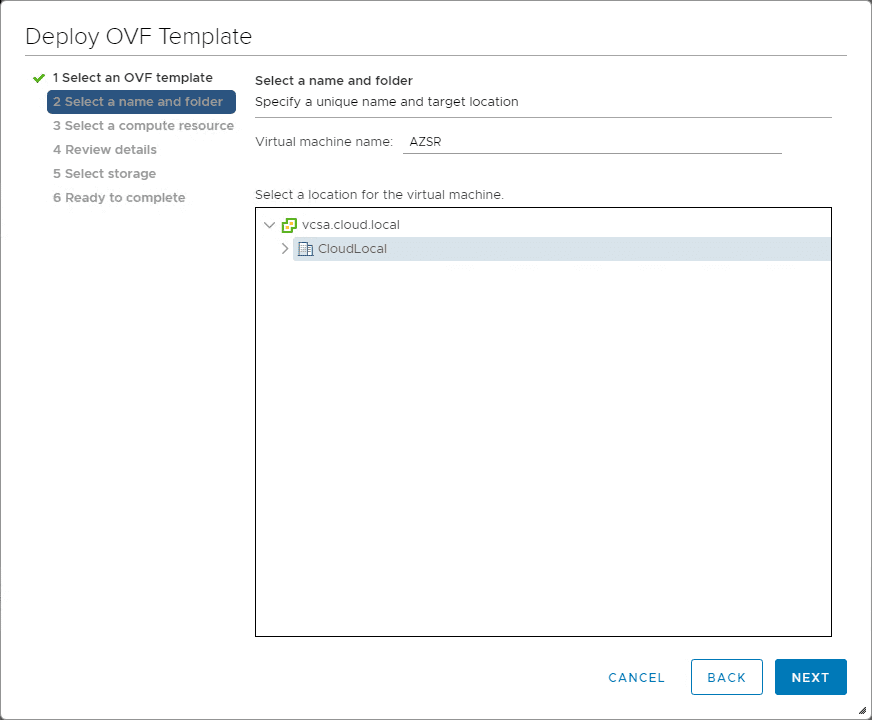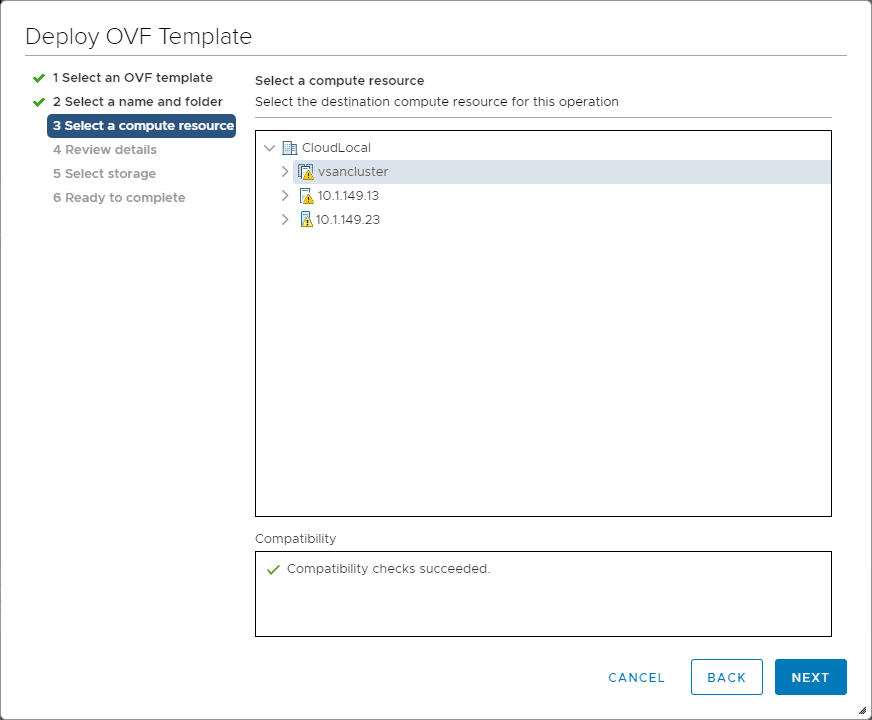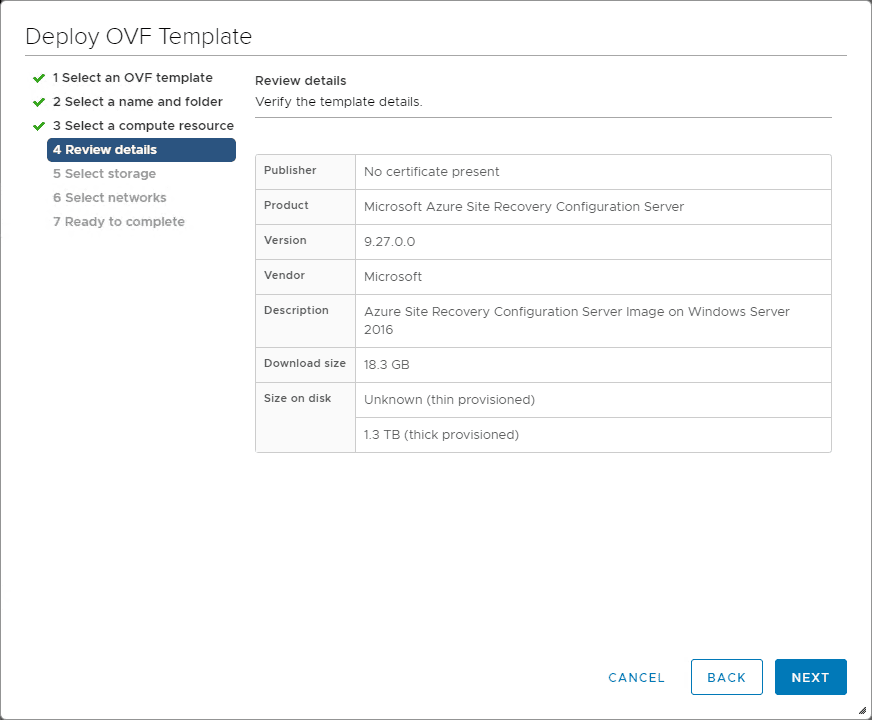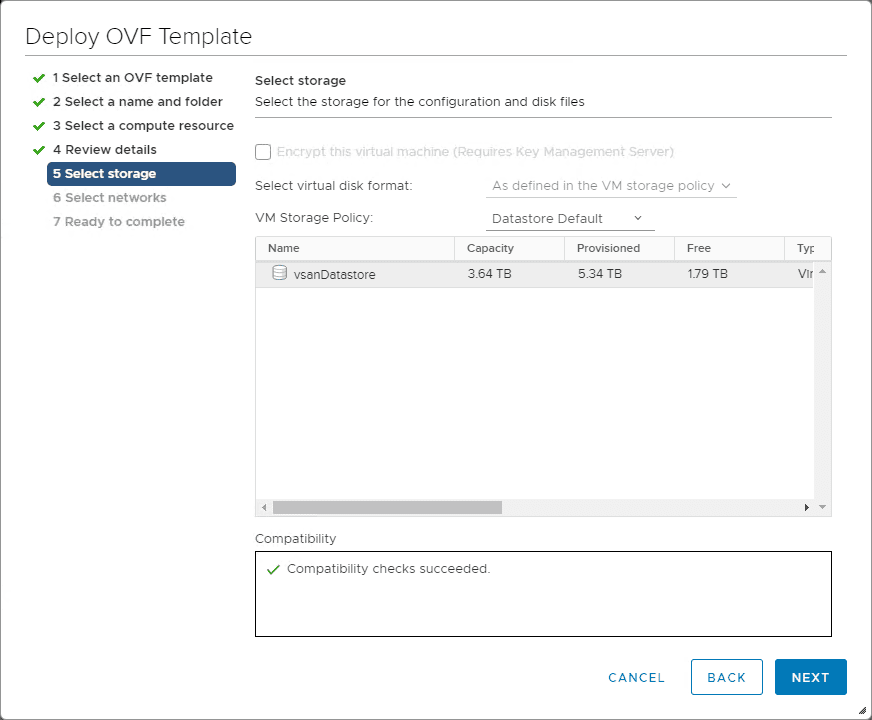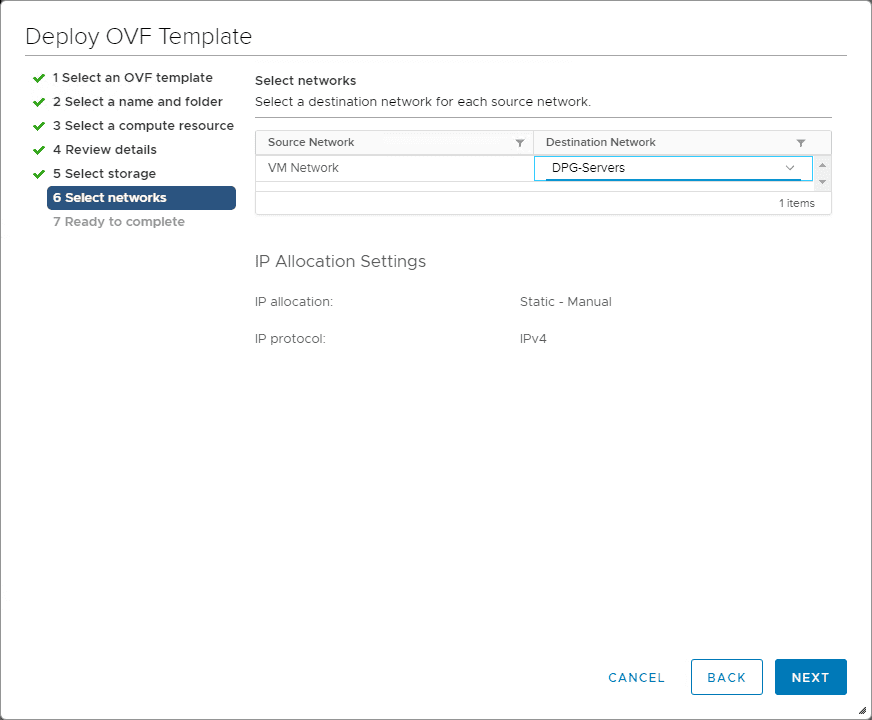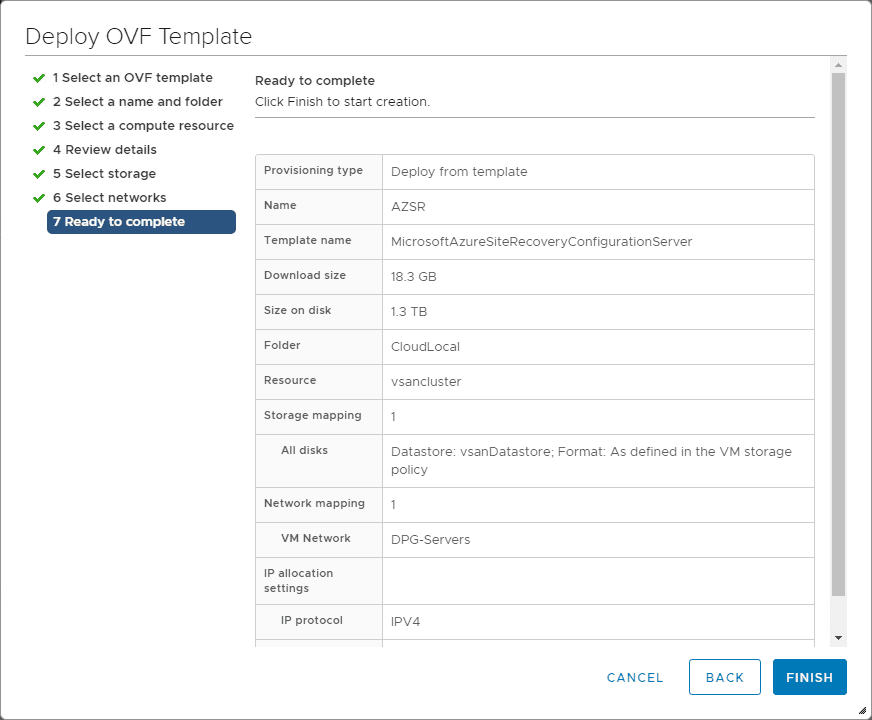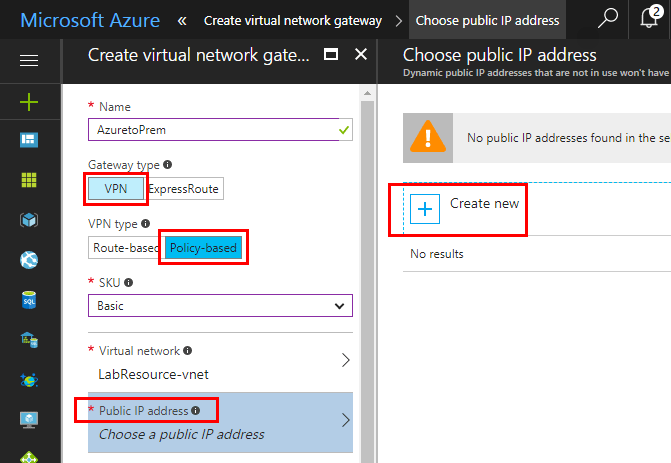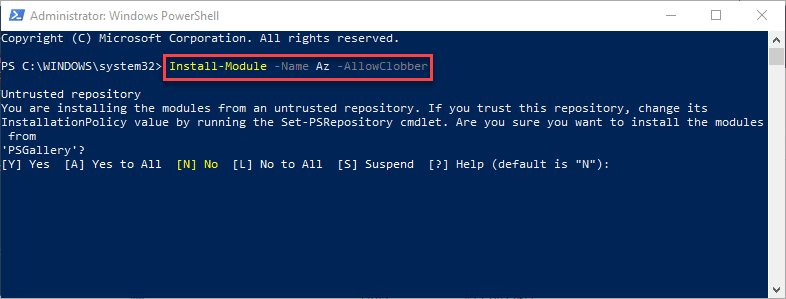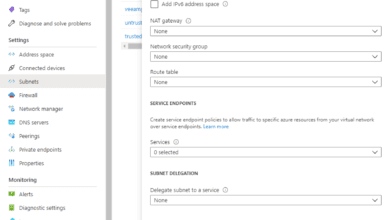Replicate On-Premises VMware VMs to Azure
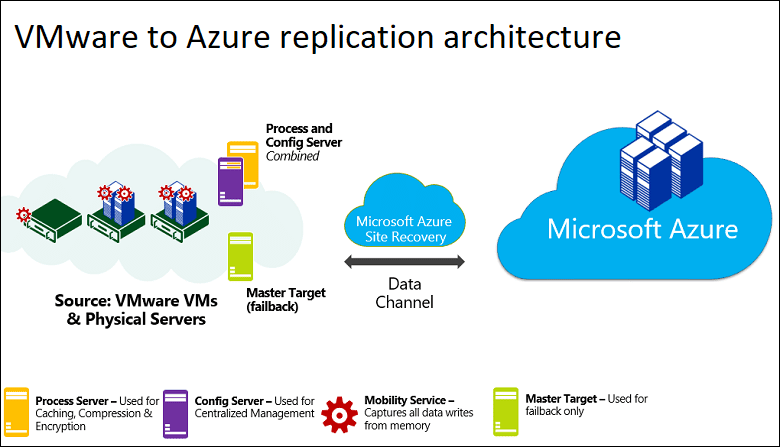
Following the 3-2-1 backup strategy is a great way to ensure that your data is protected. Today, the public cloud is literally changing the way businesses think about storing data. Using public cloud storage for backups is cited as one of the primary use cases that businesses are using to justify the buy into various public cloud services including storage. A great way to leverage cloud environments for backups is using them as a target for replicating production VMs from on-premises environments. Microsoft has provided the tools needed to even replicate VMware VMs to their Azure cloud by way of Azure Site Recovery. What is Azure Site Recovery and how can it be used to replicate on-premises VMware VMs to Azure?
What is Azure Site Recovery?
First off, let’s take a look at what Azure Site Recovery is exactly. It is a tool from Microsoft that allows your business to orchestrate and automate replication of Azure VMs between regions, on-premises virtual machines and physical servers to Azure. This includes replicating your on-premises machines to a secondary datacenter.
How is it Billed?
Azure Site Recovery is a paid product from Microsoft that is charged based on per instance protected pricing. It is billed in units of the average daily number of instances you are protecting over a monthly period. It can be used for free for the first 31 days it is used. It is important to note that even though Azure Site Recovery is free, you still will be charged for Azure Storage, storage transactions, and data transfer. A recovered virtual machine might also incur Azure compute charges.
Azure Site Recovery VMware Components
What are the Azure Site Recovery Components for recovering VMware VMs to Azure? The architectural components include the following:
- Azure – A valid Azure subscription is required including an Azure storage account for cache, managed disk and Azure network.
- Configuration Server – This is an on-premises virtual machine that is deployed using an OVA template file. This server coordinates communications between on-premises and Azure and also manages data replication. It also includes a process server that receives replication data, optimizes it with caching, compression, and encryption, and then sends it to Azure storage. Finally it includes the master target server that handles replication data during failback from Azure.
- VMware servers – VMware servers are required as part of the normal VMware vSphere infrastructure
- Replicated virtual machines – With each replicated virtual machine, a mobility service is installed on each VMware VM that is replicated to Azure. This can be automatically installed from the process server or it can be installed manually as well as with System Center Configuration Manager.

Deploying the Azure Site Recovery Configuration Server OVA in VMware
The process to deploy the Azure Site Recovery Configuration Server OVA in VMware is what you would expect from a VMware OVA file deploy process. First, you will need to download the OVA file for the Azure Site Recovery Configuration Server. You can find that here:
- https://aka.ms/asrconfigurationserver
- It is fairly large at 18GB at the time of this writing
Let’s take a look at the OVA deployment process for the Azure Site Recovery Configuration Server OVA.
Select the name and the folder location in your vSphere inventory.
After deploying the OVA appliance, you will see the new VM created with the following hardware configured.
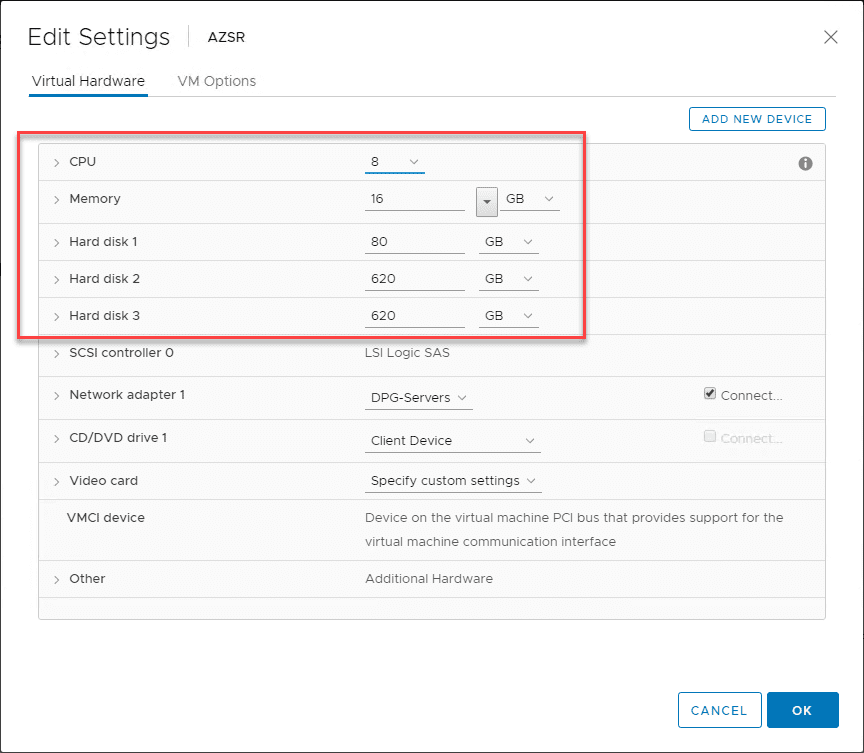
The deployed virtual machine is running Windows Server 2016.
Replicate On-Premises VMware VMs to Azure
How does the Azure Site Recovery replication process work with VMware VMs? When you enable replication for a VMware VM, the initial replication process copies the VMware VM to Azure storage. This is done using the replication policy. This is performed using a block-level, near continuous data protection, by way of the Mobility service agent that is installed automatically or manually by the process server.
Stage 1 – Replication begins with the process settings including:
- RPO threshold – Monitors for RPO thresholds exceeded events
- Recovery point retention – You can specify how many restore points are kept in storage (how far back in time you want to go on the protected server).
- App-consistent snapshots – Using the Mobility agent inside the VMware VM, when this is configured, a VSS snapshot is triggered which allows replicating the VM with application consistency. This is extremely important with database servers.
Stage 2 – VMware VMs replicate to Azure storage public endpoints over the Internet. Azure ExpressRoute can also be used for network communication. Replication over site-to-site VPN tunnels is not currently supported.
Stage 3 – After replication finishes, replication of delta changes to the VM are copied across. Changes are tracked at the block level and sent to the process server.
Stage 4 – Communication process involves:
- The on-premises Azure Site Recovery server is communicated with over port HTTPS 443 for replication management
- The replication process is orchestrated with Azure over port HTTPS 443.
- VMs send their replication data to the process server on port HTTPS 9443
- The process server receives replication data, performs optimization and encryption and then sends it to the Azure storage port over HTTPS 443
Stage 5 – Replication data is first copied to cache storage, then logs are processed and the data is offloaded to Azure managed disk where recovery points are created.
Wrapping Up
Azure Site Recovery allows you to effectively replicate on-premises VMware virtual machines to Azure. Stay tuned for the next post. We will take a look at how to configure the Azure Site Recovery configuration server and connect it to your Azure account, etc.


